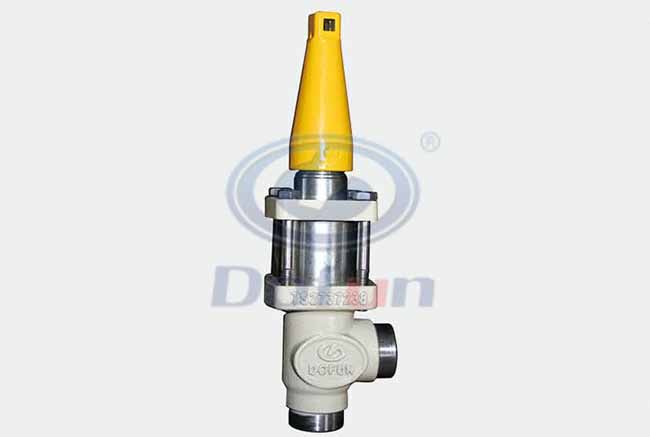The overflow valve is to prevent the system from being overloaded to ensure safety. Pressure reducing valve is to ensure that the system is not overloaded under the premise of reducing system pressure. It can be said that the overflow valve is passive work, while the pressure reducing valve is active work.
1. Pressure reducing valves keep the pressure at the outlet constant, while overflow valves keep the pressure at the inlet constant.
2. When not in operation, the pressure reducing valve inlet and outlet are interchangeable, while the overflow valve inlet and outlet are not accessible.
3. In non-working condition, the valve port of pressure reducing valve is open, while the overflow valve is normally closed.

A relief valve is a pressure control valve, mainly to control the system pressure, but also play a role in unloading.
A pressure reducing valve is a pressure regulating valve that makes the valve outlet pressure lower than the inlet pressure.
1. Pressure reducing valve is mainly used to reduce the pressure of a branch of the hydraulic system, so that the branch pressure is lower and more stable than the mainline pressure, in the range of the adjusted pressure, the pressure reducing valve is also closed like the relief valve. But as the system pressure rises when it reaches the pressure set by the pressure reducing valve, the pressure reducing valve will open and part of the oil will return to the tank through him (at this time there is a certain pressure of oil back to the tank, the oil temperature of the tank will rise), the oil pressure of this branch will not rise. It plays the role of pressure reduction and pressure stabilization of this branch! The relief valve is different, it is installed at the outlet of the pump to ensure that the overall pressure of the system is stable and will not overpressure. So he has the role of safety, pressure regulation, pressure stabilization, etc.!
2. Relief valve is generally connected in parallel in the branch of the system to regulate, stabilize and reduce pressure, while the pressure reducing valve is generally connected in series in a branch to reduce pressure and maintain the role of the branch!
The relief valve is normally closed, only when the system overpressure action; pressure reducing valve is normally open, through the narrow channel to reduce pressure.
The role of the relief valve is pressure stabilization, overflow, overload protection. Pressure reducing valve is to reduce the pressure, a part of the hydraulic system pressure reduction. The use is not the same. So it is not a substitute.
The relief valve controls the inlet pressure and the pressure reducing valve controls the outlet pressure.
The information is provided by the overflow valve supplier.